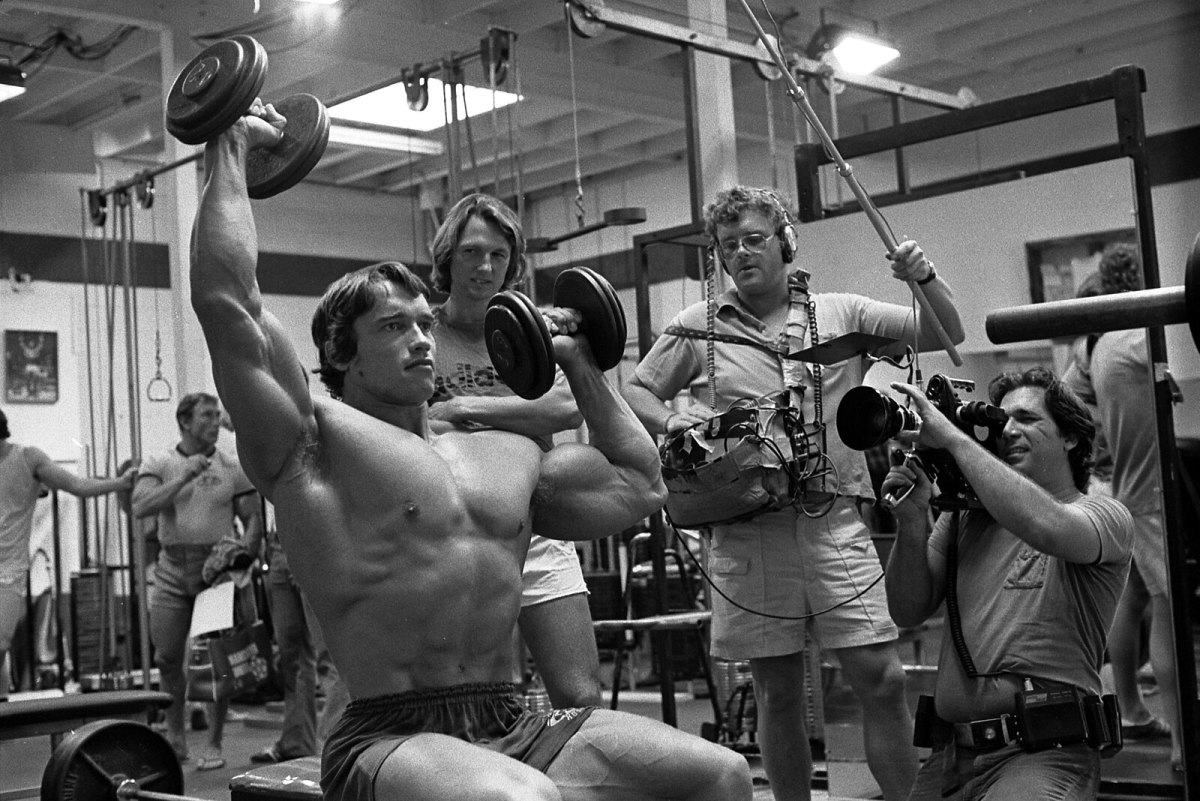- HubPages»
- Health»
- Exercise & Fitness»
- Weight Training
3 Proven Ways to Increase Strength in Bench Press
Introduction
'What do you bench?' is arguably the most common question heard amongst the health and fitness community around the world. It is seen as a benchmark as to how truly strong an individual is and is one of the most common exercises you will see in most gyms. My own view on why people see it this way as it is the main compound movement to increase size of your chest, arms and shoulders, which are the main muscle groups a majority of us want more size on.
Throughout training for many years and training clients of different shapes and sizes, I have found many people tend to struggle to improve strength on their bench press. I myself have hit a wall or plateau many times on the bench press. After trying many different programs and workout routines I have only managed to find 3 programs that consistently work on all my clients in breaking down that horrid bench press barrier.
For other great fitness articles check out this link >> FITNESS MONARCHY
1. 30 Rep Program
This was actually my first ever successful attempt on breaking my bench press plateau and was around the 4th program that i tried. It was put forward to me by a fellow personal trainer in my gym who i had been complaining to about not getting stronger on my bench press for months and months. At this point I was following a normal workout split routine of chest, shoulders, back, legs and arms. I had tried mixing up my splits, as well as varying my range of repetitions and exercises, however nothing worked. Then i decided to implement the '30 rep program' which is pretty self explanatory.
It consisted of performing 10 sets of 3 reps on a flat barbell bench press once a week at the start of my chest workout. When starting out it is suggested that you start at 60% of your 1 rep max and then every week you increase the weight by 5lbs or 2.5kgs. For example if your 1 rep max is 100kg then you would start at 60kg and then the following week go to 62.5kg and then up to 65kg and so on. The aim is to keep increasing weight until it becomes too heavy to complete all 10 sets of 3 repetitions, this will normally be around the 10-12 week mark. This workout has no specified rest period so I would suggest taking plenty of rest in between or whatever you feel your body needs. It can also be used in conjunction with any type of split routine or in any genre of fitness such as powerlifting, crossfit and many more. All you have to do is make sure you follow the numbers provided above and complete it at the start of a workout (for more strength), then you should feel a big benefit from completing this program. After you finally hit a weight you can no longer lift then I would recommend giving yourself a deload week and then try for a new 1 rep max. A deload week is simply a week that involves you still performing the bench press but at a considerably lower weight to give your muscles a well needed rest. Once you have your new 1 rep max then feel free to re-calculate your numbers and go through the cycle once again.
In Summary:
- 10 - 12 week program.
- Can be used alongside any workout schedule.
- Effective cycling over and over.
- Not ideal for people who haven't been weightlifting for more than a year.

The Pyramid Program
This is my favourite of the 3 options and is probably the most effective I have seen amongst my clients and indeed for myself. It can be used for people of any ability and has been responsible for a lot of people getting stronger on bench press as well as other movements such as back squats and front squats.
The pyramid program is to be completed twice a week and the duration of the program can be any length depending on the individual. It involves 2 exercises which are the flat barbell bench press and the incline barbell bench press. The starting weight for either exercise should be around 40% of your 1 rep max. Once you have your starting weight you will perform 15 reps then add 3kg to the bar every set and decrease the amount of reps by 2 every set until you get a final set of just 1 repetition. For example if your 1 rep max is 100kg then you would start at 40kg for 15 reps followed by 13 reps on 43kg and then 11 reps on 46kg ect.
This program is to be performed twice a week with one day performing a flat barbell bench press and the other day incline barbell press, these days should also be 2/3 days apart for adequate rest time. Here is the fun part! Every week you are to add 3kg to the starting weight on the bar for both days. This is to be repeated until you reach a stage where you can no longer complete every rep. Once completed I would once again suggest a deload week followed by a test of your one rep max. However due to the large amount of work involved with this program I wouldnt suggest you restart straight away but to go back to your usual workout schedule for atleast 6-8 weeks before repeating.
In Summary:
- Excellent program and is effective for 99% of people.
- Easy to work around your usual workout routine.
- Due to volume it can have an effect on the rest of your workouts.
- Very difficult to cycle over and over as it's very strenuous on the body.

The EMOM Program
Finally we have a program that i have most recently discovered. This is due to the fact that over the last 3 years i have transitioned to become a CrossFit trainer and this is a well known program involved in CrossFit. An EMOM is simply short for every minute on the minute, so every minute on the minute you will perform a movement. For example a 10 minute EMOM of 10 push ups would involve performing 10 push ups when the clock hits 1:00 then 2:00 then 3:00 ect until you have completed 10 minutes of the workout.
Now as for the bench press EMOM program this involves an EMOM 2 which essentially means that you perform a movement every 2 minutes instead of every 1 minute. This workout program aims to target both heavy lifting and time under tension, with both being key components of improving strength. First of all set your timer to 20 minutes and be prepared to perform 10 sets of which each set will be performed every 2 minutes. The first 5 sets, which will target heavy lifting, you will perform 3-5 reps of around 80% of your 1 rep max. The last 5 sets, which will involve slow tempo lifting, this includes performing 3-5 reps of 60% of your 1 rep max in which you will lower the bar to the chest counting 3 seconds down. Once you have hit your chest you can then push the bar up at any speed as the downward motion is the only motion in which you need to focus on the time under tension. When you can perform the full workout of 5 reps on each set you then add 5lbs to your 1 rep max and re-calculate your numbers. This is another program in which you can cycle over and over increasing the weight on the bar as needed. You can generally complete this workout until you feel like you want to stop or that it's no longer beneficial.
In summary:
- Useful for all levels of fitness from amateur to professional.
- Can be repeated over and over constantly.
- Ideally needs to be performed twice a week to be most beneficial.
- It can also be quite time consuming to fit in with normal programming.
For other great fitness articles please check out this link >> Fitness Monarchy
Final Things Not To Forget
There are a few things when performing any of these strength programs to remember to get the full effectiveness. When performing any reps on these programs you must be sure to touch your chest with the bar on the way down and fully lock out the arms when you extend up. It is essential that you never lose your form and if you feel yourself not able to lock out or touch your chest, then the bar may be too heavy.
Last but not least remember to pick the program that best suits you and if you hit a plateau on either then you can always move onto one of the others.
I hope you enjoyed reading and if you try one of these programs i hope it works for you.
© 2019 Ben Smith








